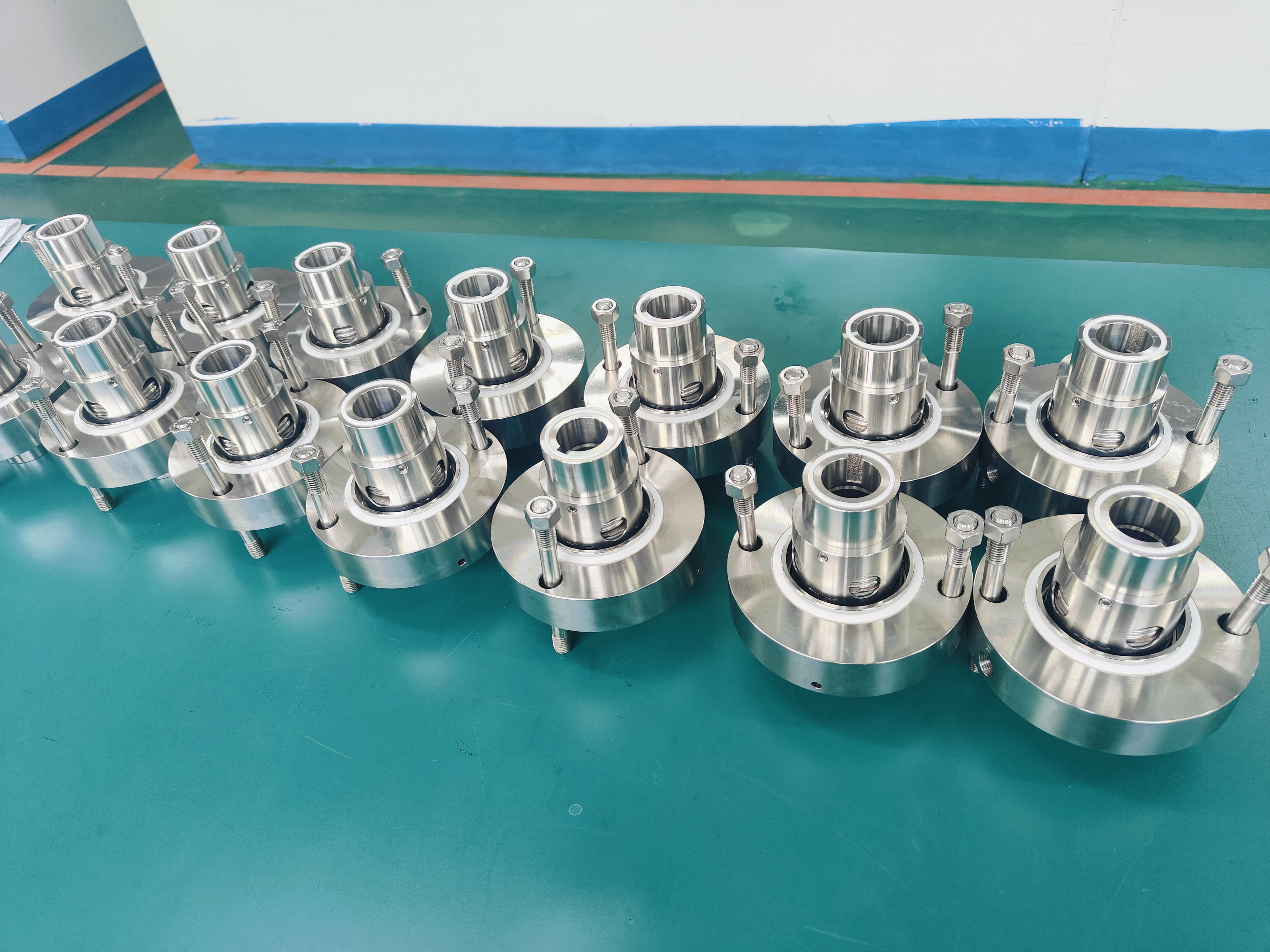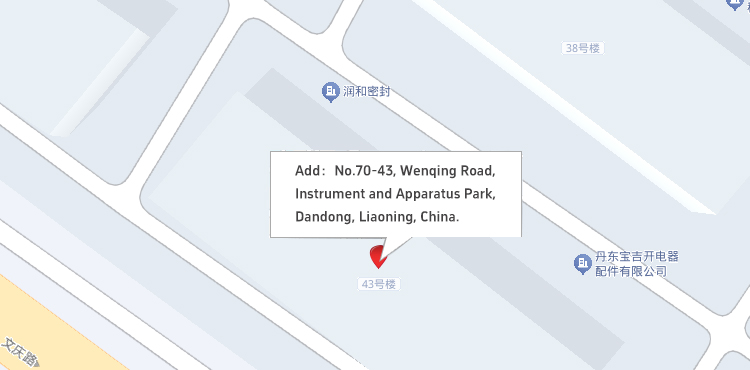
API 682 standard specifies a variety of mechanical seal flushing plans, suitable for different working conditions and requirements. The specific flushing plan should be selected based on the medium characteristics, working parameters, equipment type, cost and maintenance and other factors.
The mechanical seal flushing plan is designed to effectively remove heat, flush impurities, prevent seal surface wear and scaling, and extend the service life of the mechanical seal by introducing clean fluids, controlling temperature and pressure, etc.
Flushing plan plays a key role in mechanical seals and seal auxiliary systems, mainly in the following aspects:
1. Effects on the Mechanical Seal
(1) Extend the life of the seal: By taking away the friction heat, the sealing surface is prevented from aging and deformation due to overheating, the wear rate is reduced, and the service life of the mechanical seal is extended. For example, in the mechanical seal of a high-temperature oil pump, the flushing liquid can control the sealing surface temperature within a reasonable range to avoid premature failure of the sealing material.
(2) Improve the sealing performance: Continuous flushing can keep the sealing surface clean, prevent particulate impurities, crystals, etc. from entering the sealing surface gap, ensure that the sealing surface fits well, thereby improving the reliability of the seal and reducing leakage. For pumps that transport media containing solid particles, such as slurry pumps, choosing a suitable flushing plan can effectively protect the sealing surface and maintain the sealing performance.
(3) Improve lubrication conditions: The liquid film formed by the flushing liquid between the sealing surfaces can play a lubricating role, reduce the friction coefficient, reduce wear, make the mechanical seal run more smoothly, and help improve the performance and stability of the seal.
2. Effects on the Seal Auxiliary System
(1) Ensure stable operation of the system: The flushing plan provides stable working conditions for the seal auxiliary system. For example, when using the Plan 52 flushing plan, the accumulator is used to maintain the pressure of the seal liquid stable, ensuring that the seal liquid circulates normally between the sealing chamber and the circulation system, thereby ensuring the stable operation of the entire seal auxiliary system.
(2) Protect auxiliary equipment: The flushing liquid can prevent corrosive substances and harmful substances in the medium from eroding and damaging the sealing auxiliary equipment, such as coolers and filters, thereby extending the service life of the auxiliary equipment and reducing maintenance costs.
(3) Optimize system functions: Different flushing plans can optimize the functions of the seal auxiliary system according to specific working conditions. For example, in the Plan 62 flushing plan, the rapid cooling measures can effectively inhibit the escape of medium vapor and prevent impurities from accumulating around the seal surface. Combined with external flushing, it further improves the sealing effect of the seal auxiliary system for high-temperature, volatile, and crystallizable media.
Keywords: mechanical seal, seal support system, seal auxiliary system, spring mechanical seal, metal bellows mechanical seal, cartridge mechanical seal, non-cartridge mechanical seal.




 export@rhseal.com
export@rhseal.com





